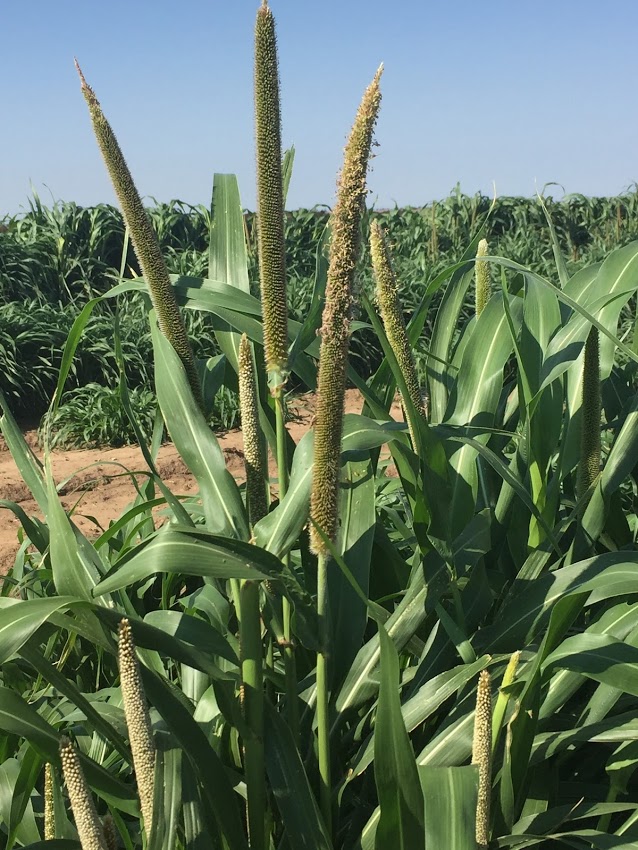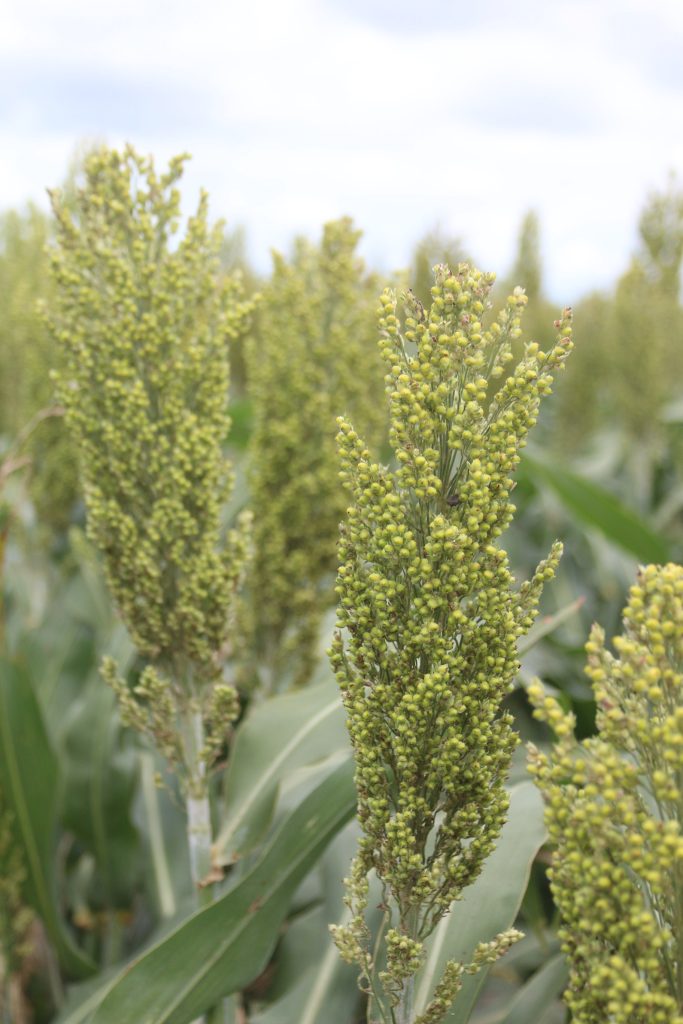Recently I was asked by a Sorghum Checkoff fellow staff member if sorghum was considered a millet. My answer generated a considerable amount of interest, not only with the person who asked the question but with other staff members as well.
The short answer is no, sorghum is not a millet! This brings up the question of just how closely millets are related and why on social media and other outlets the two crops are lumped together.

To answer the first question, we need to take a dive into what is called taxonomy—the scientific study of identifying, naming and grouping of organisms based on their shared characteristics. Most of you at some point in school were introduced to the Linnaeus system with the general categories going from very broad to very specific: Kingdom – Phylum – Class – Order – Family – Tribe – Genus – Species. All grasses are in the Poaceae family. With sorghum and millet, they actually diverge early on and are in different subfamily groups. Surprisingly, sorghum is more closely related to corn in that they are both in the same tribe.

From an origin standpoint, sorghum originated in Africa, while millet has multiple origins across Africa and Asia. These origins have shaped the grains’ abilities to adapt to different regions.
So why are sorghum and millet often tied together on social media, in popular articles and sometimes even in scientific publications? The easy answer is because they simply look a lot alike. Even an experienced agronomist can have trouble telling them apart from any significant distance. Their height can be similar, and both produce grain panicles. However, the grain of millet is considerably smaller than that of sorghum. Up close, each crop has distinct characteristics.
Another reason they are often grouped together is they are both known for their resilience to harsh environmental conditions, particularly drought and high temperatures, making them both suitable for dryland farming in semi-arid regions. They are traditionally grown in subsistence farming systems, especially in Africa and parts of Asia. Due to their adaptability, sorghum and millet reduce the risk of crop failure in dry climates, supporting food security and resilience against climate change. Both are considered ancient grains.
A final similarity that the two species have is that they are considered dual purpose crops. The grain is used for both animal and human consumption while the rest of the plant can be fed to livestock as hay or grazed.
In summary, sorghum and millet, like all grasses, are related. However, purely from a classification standpoint, they are very distant cousins who happen to have evolved to be able to grow and thrive in similar environments.
Editor’s note: Brent Bean, Ph.D., is the Sorghum Checkoff director of agronomy, Lubbock, Texas. For more information, visit www.sorghumcheckoff.com.



